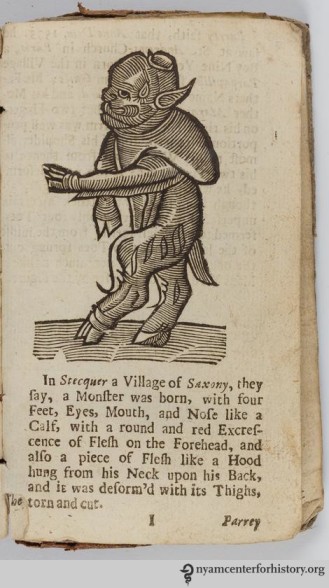By Carrie Levinson, Reference Services & Outreach Librarian
Recently, the Academy hosted a talk between Paul Krugman and Tsung-Mei Cheng, entitled “Priced Out: The Economic and Ethical Costs of American Health Care.” This event focused on Uwe E. Reinhardt’s latest book, which discusses today’s U.S. healthcare system. Krugman and Cheng delivered lively and nuanced explanations of why our system is so expensive, especially compared with other similar countries, the morality involved in having costs so high, and some potential solutions.

A photograph of Michael M. Davis from Michael M. Davis: A tribute, by Alice Taylor Davis and Gertrude Auerbach (1972?). NYAM Collection.
The debate about healthcare in the United States is not a new one, however. One notable medical economist whose collection is one of the most interesting in the Academy’s library, Michael Marks Davis, advocated for comprehensive medical care and national health insurance, and worked in many prominent organizations and committees throughout his career, including the Rockefeller Foundation, the Julius Rosenwald Fund, the Committee for Research in Medical Economics, and the Committee for the Nation’s Health (New York Academy of Medicine, n.d.).
Davis donated his collection of papers and reports in 1962. This collection is important because, among other things, it provides source material for studying some of the most significant historical legislative advances in the United States, as well as social trends of the 1920s through the 1960s, aspects of medicine and health in other countries, and confidential and other unpublished reports that likely are not duplicated elsewhere. Below is a short description of the kinds of material that can be found within these papers, originally compiled by Lee Ash (1967).
Series 1: Medical Economics and Medical Sociology
- Material on medical care costs and studies by, for, and about the Committee on the Costs of Medical Care, including confidential reports; also material on state, industrial and cooperative medical plans, comprehensive group medical plans, and union health programs.
Series 2: Medical Care in the United States
- Materials including confidential reports made for foundations in the United States; material on rural economic conditions from the 1930’s through the 1950s, and on rural health problems and programs, material on medical education, hospitals, and medical personnel.
Series 3: Legislation and Legal Aspects
- Materials on legislation since 1950, and publications, reports, correspondence, and ephemera relevant to legislation prior to 1950, public assistance and child welfare, mental health, and state legislation, including sickness and disability insurance programs to be paid for by the state, and original texts of bills.
Series 4: Organizations
- Samples of special reports, annual reports, and letters to and from Dr. Davis concerning the work of various organizations, grouped into the following sections: Professional Organizations, General Organizations, International Organizations, and Political Organizations.
Series 5: Medical Care in Foreign Countries
- Public documentation and correspondence with leaders and private physicians concerned with social medicine and public health abroad; a good deal of material focusing on the National Health Service Act; published and unpublished reports from many other countries.
Series 6: Personalities
- Correspondence, notes, comments, clippings, personality evaluations, and memorabilia to, from, and about all of the leaders Dr. Davis associated with in his work.

Article with graphs looking at illness and income in Volume 21 of the Michael M. Davis papers. NYAM Collection in Public Health in Modern America, 1890-1970 .
These short descriptions don’t even begin to cover the richness of the Davis collection. With over 400,000 pieces (Ash, 1967), it might seem insurmountable to researchers, but that’s not the case. We have an excellent finding aid that goes into more detail about the materials and how to find them, as well as giving detailed biographical information on Dr. Davis. Not enough for you? You may recall our blog post about our partnership with Gale to digitize material related to public health in America. Well, this entire collection can be found in Gale’s new database Public Health in Modern America, 1890-1970! If your institution doesn’t subscribe to it, you can make an appointment to view it at our library.
Conversation and arguments about healthcare costs and structure are unlikely to stop anytime soon, but with collections such as Davis’s available to those who are interested, we can understand the history of such discussions in going forward.
References
Ash, L. (1967). The Michael M. Davis Collection of Social and Economic Aspects of Medicine. Bulletin of the New York Academy of Medicine, 43(7), 598–608. Retrieved from https://www.ncbi.nlm.nih.gov/pmc/articles/PMC1806900/
New York Academy of Medicine (n. d.). Library of social and economic aspects of medicine of Michael M. Davis [Finding aid]. New York, NY: Author. Retrieved from https://www.nyam.org/library/collections-and-resources/archives/finding-aids/ARM-0003.html/



